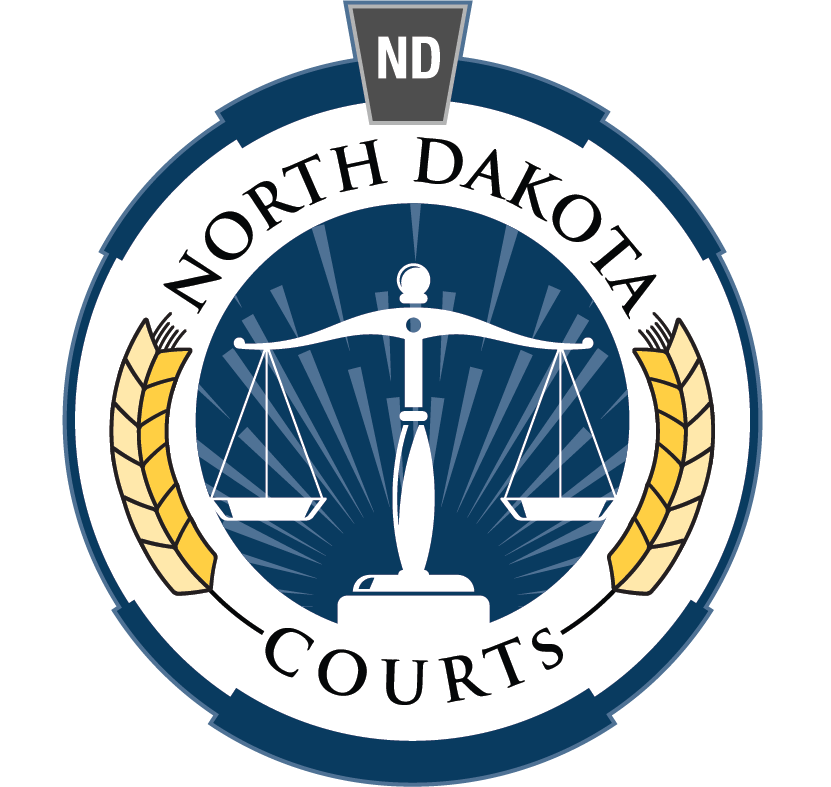RULE 1003. ADMISSIBILITY OF DUPLICATES
Effective Date: 3/1/2014
A duplicate is admissible to the same extent as the original unless a genuine question is raised about the original's authenticity or the circumstances make it unfair to admit the duplicate.
Rule 1003 was amended, effective March 1, 2014.
Rule 1003 is based on Fed.R.Ev. 1003.
As was discussed in relation to Rule 1001, the primary reasons for requiring the production of original documents are to prevent inaccurate reproductions of evidence and to prevent fraud. Technological advances have rendered the inaccurate copy a rarity. Rule 1001, in its definition of a duplicate, insures that only accurate reproductions will be admitted in lieu of originals. In light of this, Rule 1003 provides that a duplicate is admissible to the same extent as an original except where there is a genuine question as to a document's authenticity or whenever it would be unfair to admit the duplicate.
The first exception is intended to cover those cases in which there is a genuine allegation of inaccuracy of reproduction or where the circumstances surrounding the case yield a substantial suggestion that the original document is not authentic. Possibilities of fraud may arise, for example, where a party in possession of an original document claims that the document has been lost or destroyed. Of course, this factor alone should not preclude admission of a duplicate, but coupled with an allegation of fraud and an inadequate explanation of the loss or destruction, exclusion of a duplicate may be warranted.
The circumstances of unfairness that would warrant exclusion of a duplicate cannot be set out with any precision. This exception is intended to prevent application of the general rule admitting duplicates whenever the circumstances are such that a party will be prejudiced by the absence of the original in evidence. For example, where only a part of the original is reproduced, and the remainder bears upon the part offered in evidence, fairness would require production of the original.
In the final analysis, it will be the responsibility of the courts to shape the parameters of this rule and its exceptions. The exceptions will necessarily be utilized in limited instances to insure fairness, but they should not be interpreted in a manner that undermines the policy of the general rule which is to further the use of duplicates as evidence of writings.
Rule 1003 was amended, effective March 1, 2014, in response to the December 1, 2011, revision of the Federal Rules of Evidence. The language and organization of the rule were changed to make the rule more easily understood and to make style and terminology consistent throughout the rules. There is no intent to change any result in any ruling on evidence admissibility.
SOURCES: Joint Procedure Committee Minutes of September 27, 2012, page 27; January 29, 1976, page 15. Fed.R.Ev. 1003; Rule 1003, SBAND proposal.
STATUTES AFFECTED:
CONSIDERED: N.D.C.C. §§ 2-06-05, 4-10-03, 4-22-15, 6-08-10, 11-11-38, 11-13-08, 11-18-09, 14-03-24, 19-01-10, 19-03.1-37, 19-20.1-17, 24-02-11, 24-07-15, 28-23-12, 31-04-10, 31-08-01.1, 31-08-06, 31-09-02, 31-09-03, 31-09-04, 31-09-05, 31-09-06, 31-09-10, 35-21-05, 35-22-11, 35-22-16, 37-01-34, 39-20-07, 40-04-06, 40-11-08, 40-16-09, 43-01-21, 43-07-13, 43-10-07, 43-13-12, 43-19.1-10, 43-28-08, 43-32-16, 47-19-06, 47-19-45, 49-01-14, 54-46.1-03, 61-02-34, 61-03-06, 61-05-19, 61-16-06.
Cross Reference: N.D.R.Ev. 1001 (Definitions that Apply to this Article).

